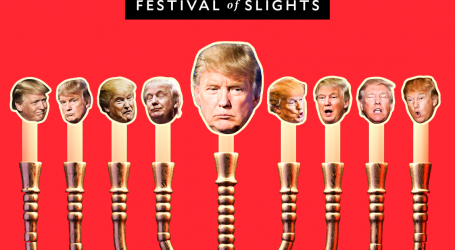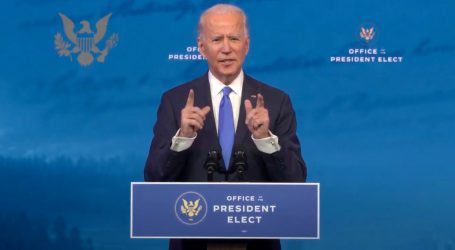The Omani Rial Mystery — Solved!
Looking for news you can trust?Subscribe to our free newsletters.
Responding to my bank mystery earlier today, a reader with lots of currency trading experience emails with an explanation for why Iran’s $5.7 billion in Oman had to go through a 3-step transfer (rials —> dollars —> euros) to be converted into euros. Here’s the main point:
Assuming that Bank Muscat had sufficient liquidity, they could have simply transferred the EUR equivalent of USD 5.7 billion to Iran. This would, however, have lead to a significant mismatch in Muscat Bank’s balance sheet. The mismatch would have occurred because banks are de facto required to maintain a balance between their assets and liabilities on a per currency basis…. Sending out EUR to Iran would have reduced its EUR assets, while cancelling its OMR liability (the deposit of Iran) would have reduced an OMR liability. This would have created a situation where Bank Muscat was long OMR and short EUR. In order to restore the required balance on a per currency basis, Bank Muscat would have needed to trade (in one or more steps) OMR for EUR. Given the size, they likely would have needed to do this in advance of the transfer of EUR to Iran.
So, Bank Muscat would have needed to make a market transaction to balance its currency risks in order to send out the funds. This transaction would have been absolutely enormous for Bank Muscat. According to Wikipedia, it has USD 28 billion or so in assets. I cannot emphasize enough that the required foreign exchange trade would have been huge and unusual….It is also worth noting that the OMR to EUR market is illiquid, meaning, in this case, that there are not sufficient customers for any bank wishing to buy OMR in exchange for EUR for the market to have satisfied that order at any price.
Primarily, then, we have a tiny bank that couldn’t possibly conduct a huge trade in a currency pair that’s illiquid to begin with. It’s too risky, assuming they could even do it in the first place. And even though the Treasury Department granted a license and urged American banks to cooperate in the 3-step trade, none of them wanted to. They’ve been trained to be so wary of Iranian business that they were afraid of someday being hauled up on charges of failing to comply with sanctions no matter what fancy paperwork Treasury had given them.
Fine. That makes sense unless someone comes up with something better. But it raises another question: Why did Iran park $5.7 billion in a tiny bank in Oman? Surely there were bigger banks around that were friendly enough to manage the funds for them?





